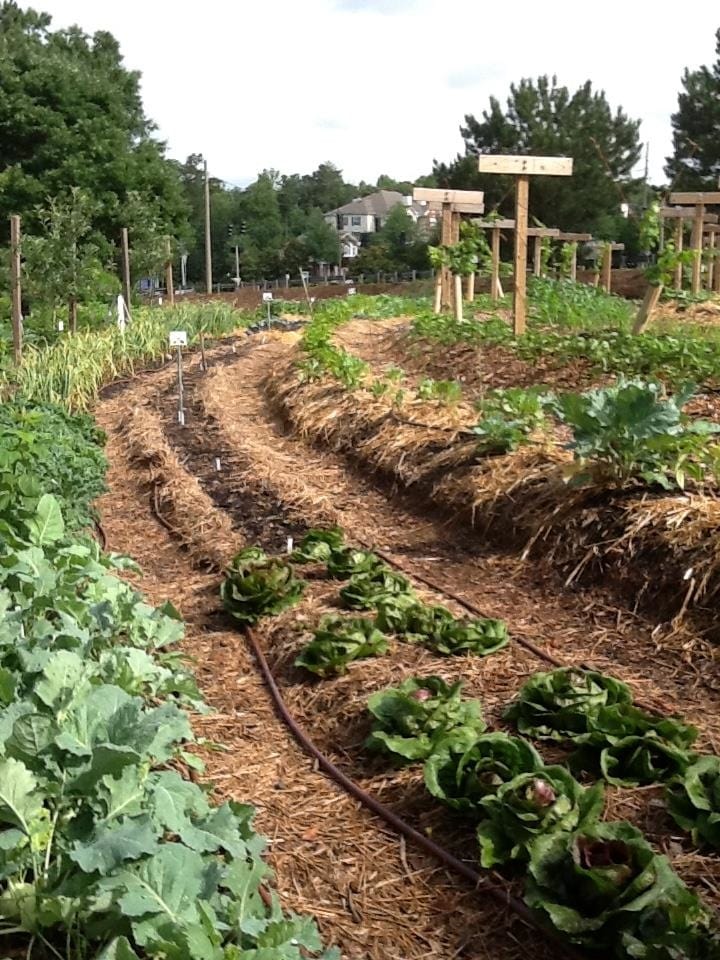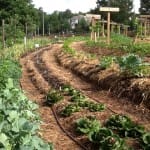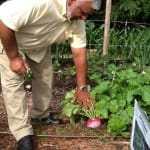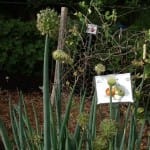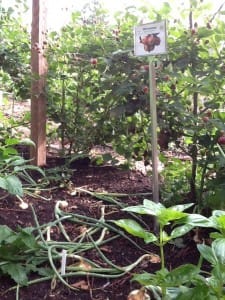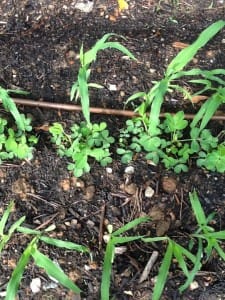 Nationally, Americans recognize Arbor Day in April. Georgia celebrates Arbor Day on the third Friday of February each year because this is a better time to plant trees. This year Georgia’s Arbor Day falls on February 19th. By planting in February, trees have time for root growth before the heat and drought of our summer months.
Nationally, Americans recognize Arbor Day in April. Georgia celebrates Arbor Day on the third Friday of February each year because this is a better time to plant trees. This year Georgia’s Arbor Day falls on February 19th. By planting in February, trees have time for root growth before the heat and drought of our summer months.
Have you considered fruit trees in your community garden? They add a nice backdrop to your garden, can provide a bit of shade during the very hot summer days, and produce fruit for the gardeners.
Be warned, however, that they can be a lot of work. There are a few points to think about before you decide if you want to plant fruit trees in your community garden:
1. You need the right location. When planning fruit trees for the limited space of a community garden, location is the key. Fruit trees require at least six hours of sunlight to be healthy and to produce fruit. Eight to ten hours of sun is optimal. Also, although the shade a fruit tree provides during August may be welcome, you do not want to create unwanted shade on vegetable plots. Dwarf trees may be an answer here. They are also easier to care for than full sized trees. Remember what you plant will get bigger and taller!
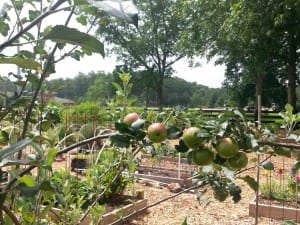
2. Maintenance. Realize that fruit trees involve more care than vegetables. They may need to be properly pruned, thinned and fertilized regularly. Apples, peaches, and plums will get diseases and insects in Georgia. Someone will need to volunteer to address this by the use of pesticides, fungicides, and traps. If your garden does not allow any pesticides, growing traditional fruit trees such as apples, pears, and peaches may not be for you. Instead, you may want to try other fruit crops such as blueberries and figs. David Berle and Robert Westerfield’s publication Growing Fruits: Community and School Gardens does a great job of discussing these issues.
3. You may need more than one. Many trees need cross-pollination to produce fruit. You will need at least two different apple trees and depending on the variety you might need two different pear or plum trees. Most peach trees self-pollinate so one will still produce fruit.
If these points haven’t scared you off, check out these publications:
Home Garden Pears by Gerard Krewer and Paul Bertrand
Home Garden Apples by David Lockwood
Another way to think about trees is their value to pollinators. There are many “trees for bees” and other pollinators that do well in our Georgia ecosystems. Did you know that several trees are actually larval host plants for butterflies? Selecting Trees and Shrubs as Resources for Pollinators is a wonderful resource for Georgia gardeners.
Contact your UGA Extension agent for more information on planting trees.
Happy Arbor Day!

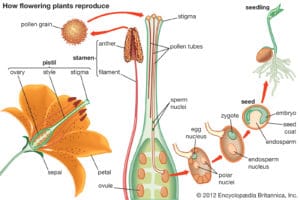
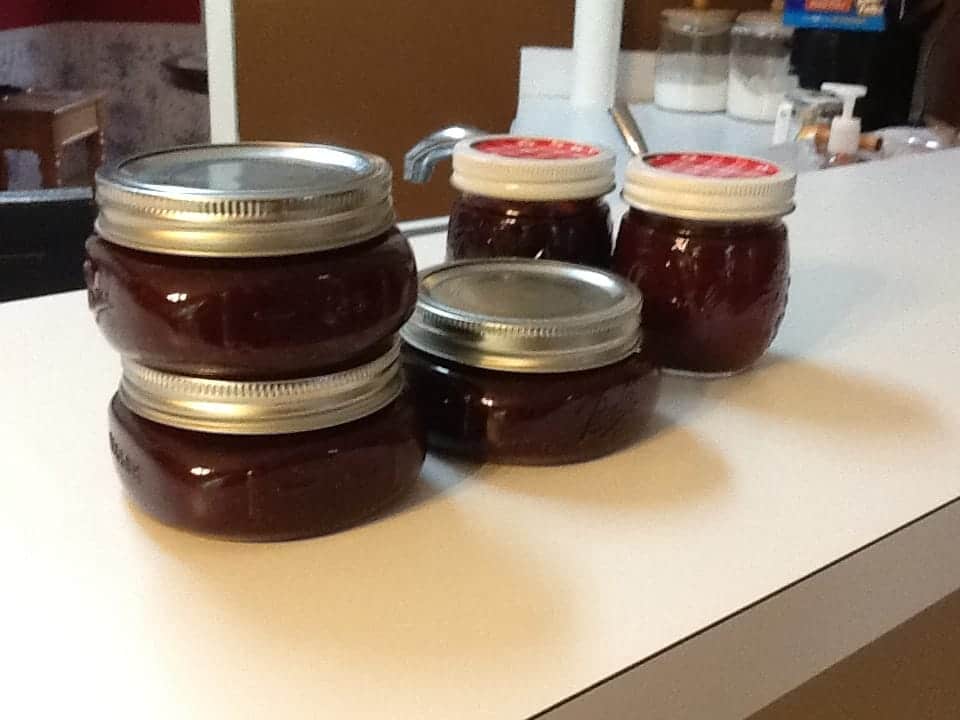
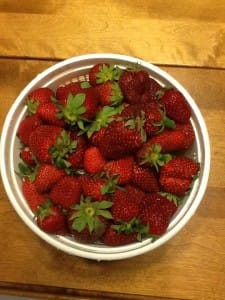
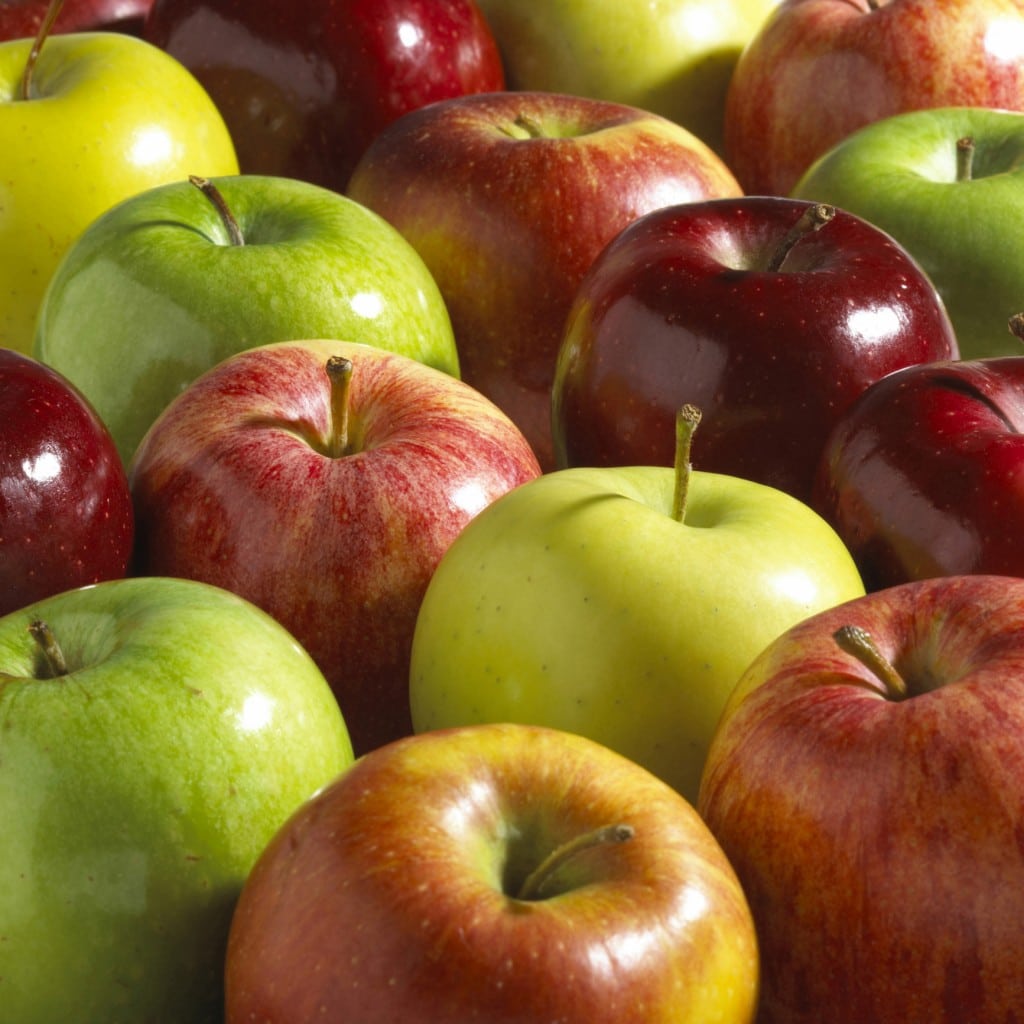
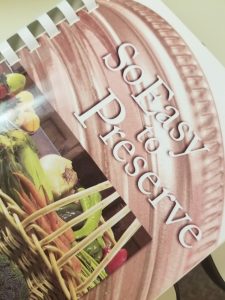
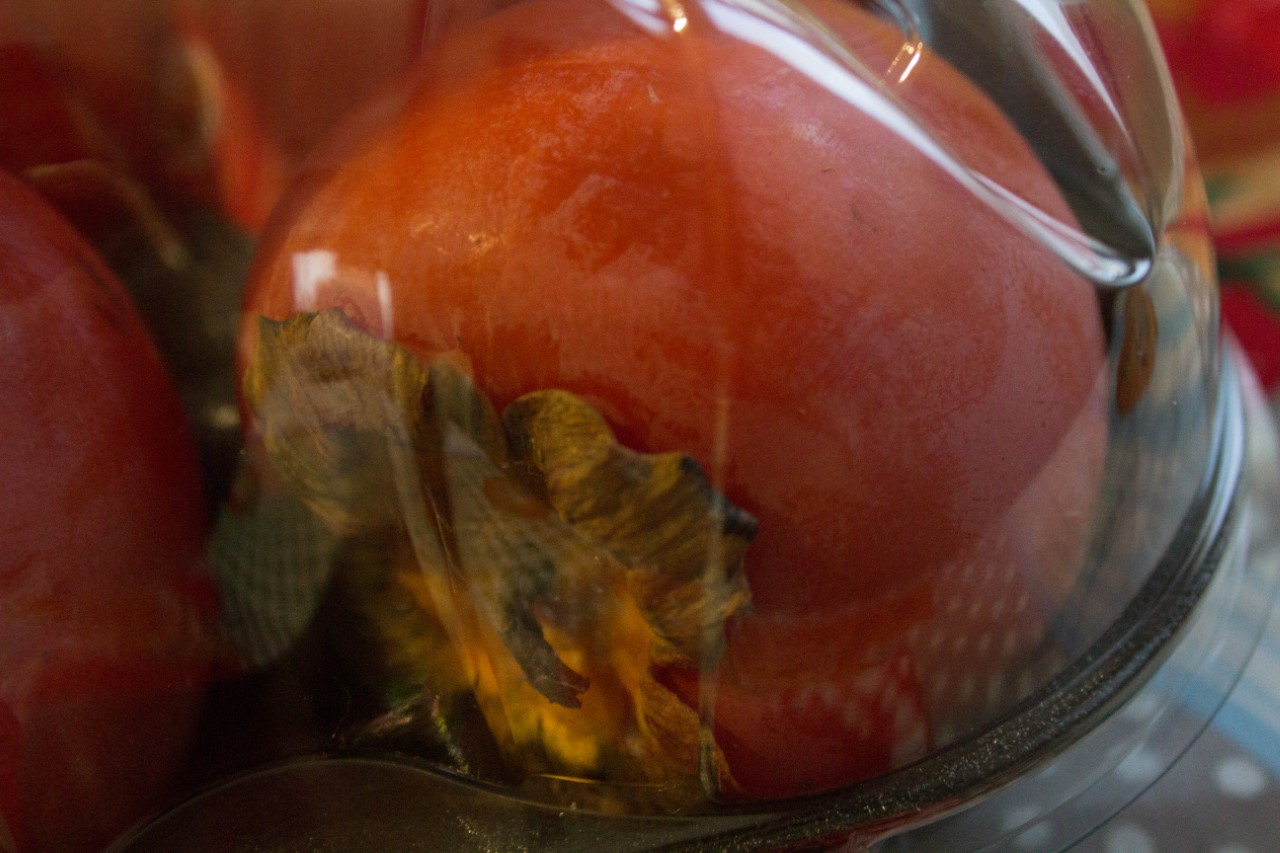

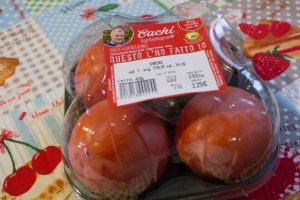
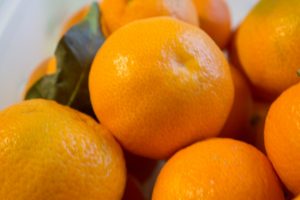
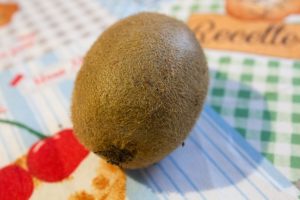
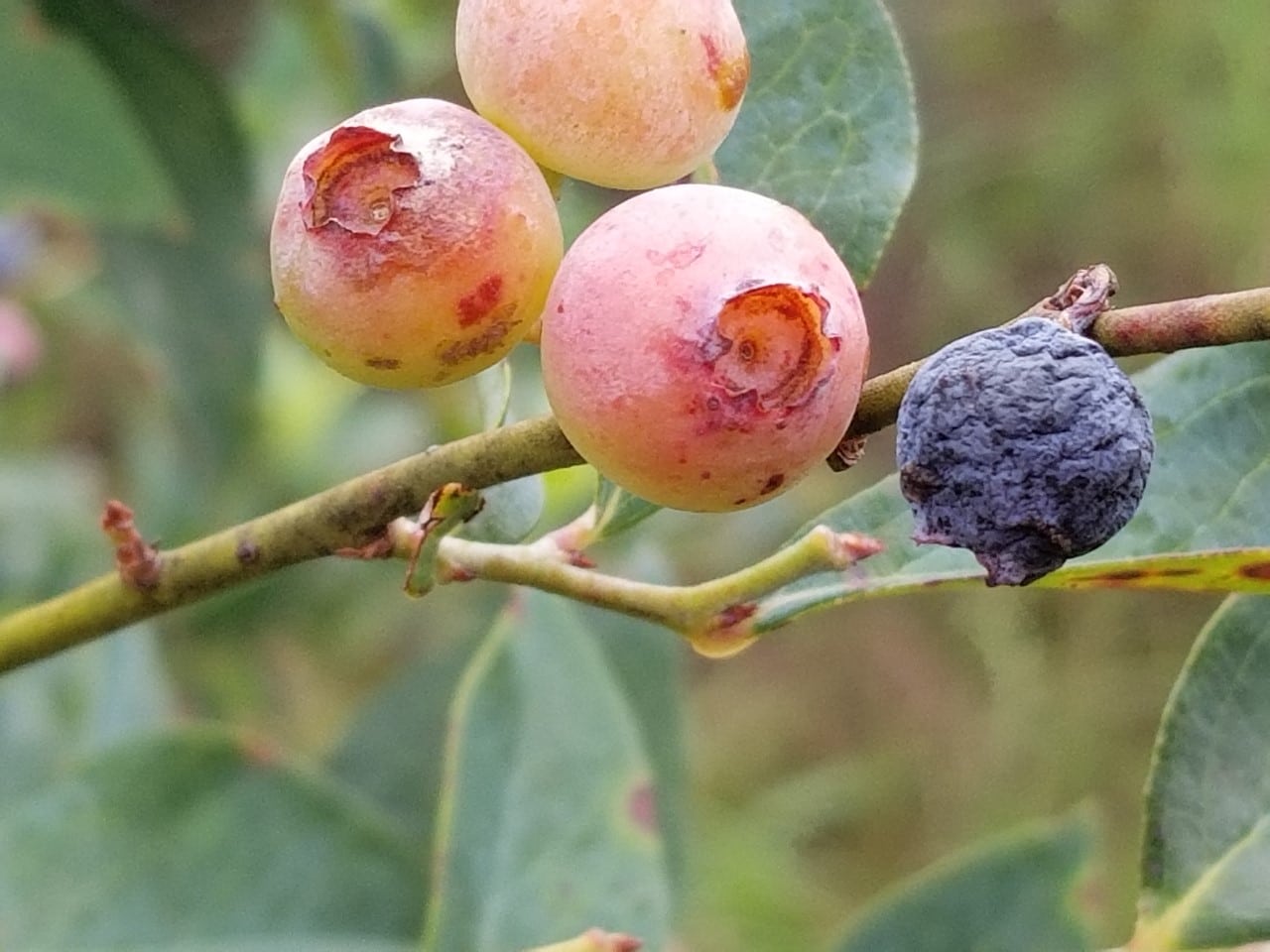
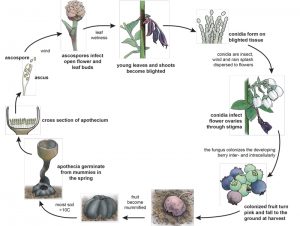
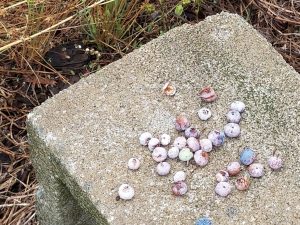

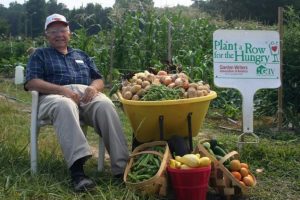
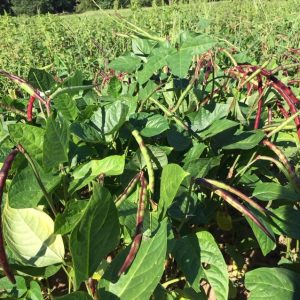
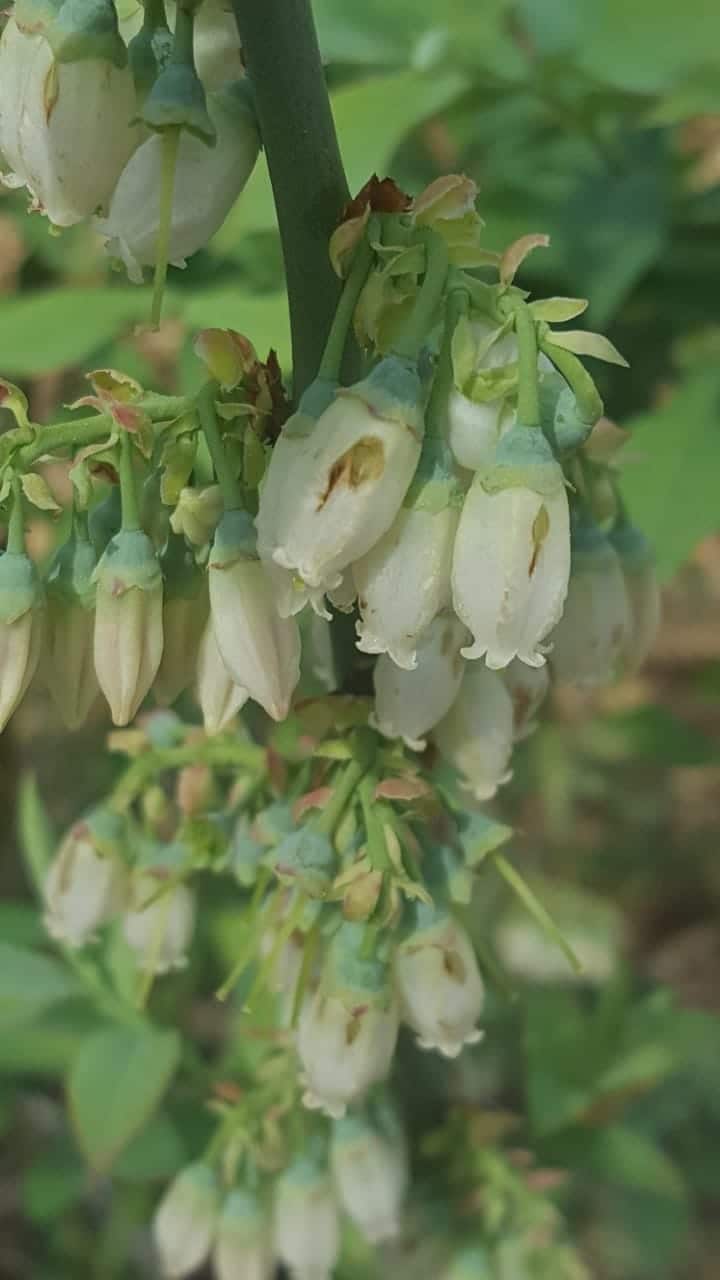
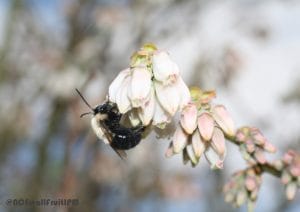
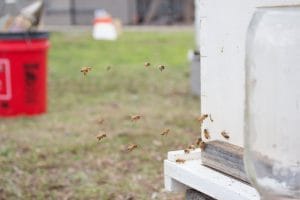
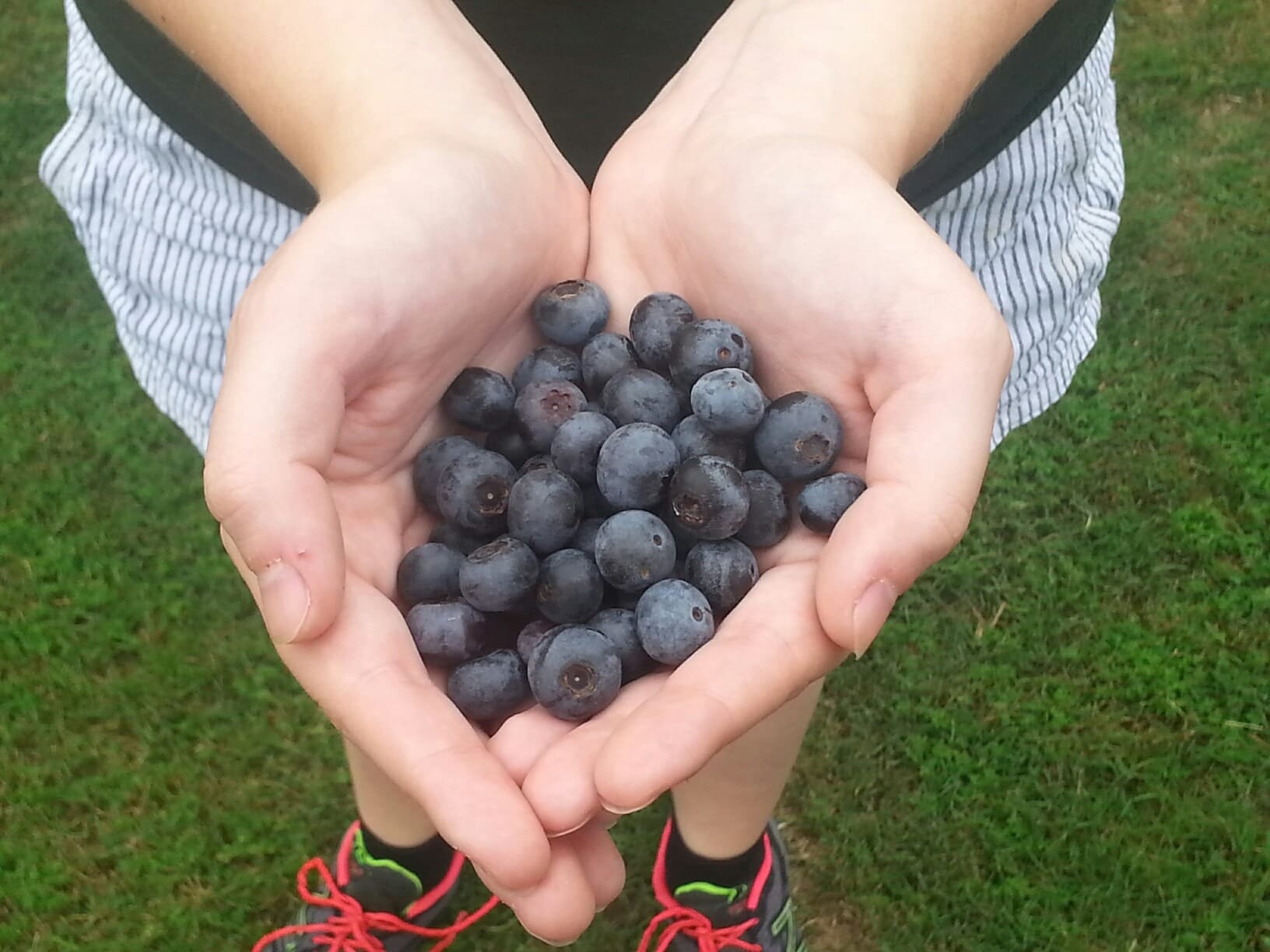
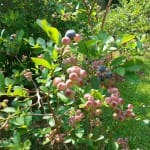 Blueberries are a perennial shrub that is relatively easy to grow. Rabbiteye types are popular statewide and their fruit is delicious! You may have read in agricultural science articles about “chill hours.” What are they? Why do they matter? To answer those questions we are going to turn to science so, please pardon the charts!
Blueberries are a perennial shrub that is relatively easy to grow. Rabbiteye types are popular statewide and their fruit is delicious! You may have read in agricultural science articles about “chill hours.” What are they? Why do they matter? To answer those questions we are going to turn to science so, please pardon the charts!